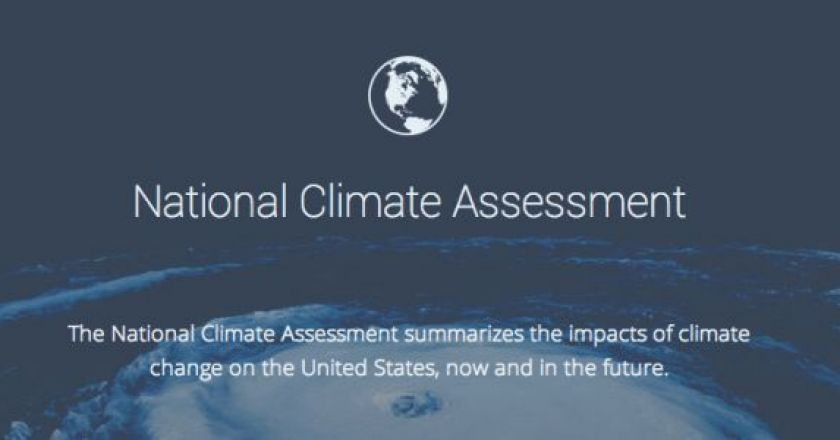

North Carolina
Michigan
Florida
Nebraska
Louisiana
Kansas
Kentucky
Wyoming
Arkansas
Arkansas is vulnerable to flooding, drought and increasing temperatures which threaten the state’s agriculture and energy industries and human health Unlike most of the nation, Arkansas has not warmed in the past century. Arkansas will become warmer in the future …
Georgia
Colorado
Texas
Virginia
Nevada
South Carolina

Animal Agriculture’s Impact on Climate Change
Animal agriculture is the second largest contributor to human-made greenhouse gas emissions and a leading cause of deforestation, water and air pollution, and biodiversity loss.

NCA Backgrounder and Talking Points
The Third National Climate Assessment (NCA) was released on May 6, 2014 by the White House. The assessment documents how climate change impacts regions and sectors across the United States, and how society is responding to climate change.

Infrastructure and Systems
The effects of sea level rise, more extreme storms, prolonged drought and severe flooding threaten infrastructure systems that provide essential services for society — from drinking and wastewater systems to the transportation that drives our economy and the energy systems that power the national grid.

Climate Change and Sports
As the world warms, one often overlooked issue is its effects on sports and recreation. While not as life-threatening as extreme weather or as costly as droughts, climate change’s impacts on sports is something that’s becoming increasingly common.

